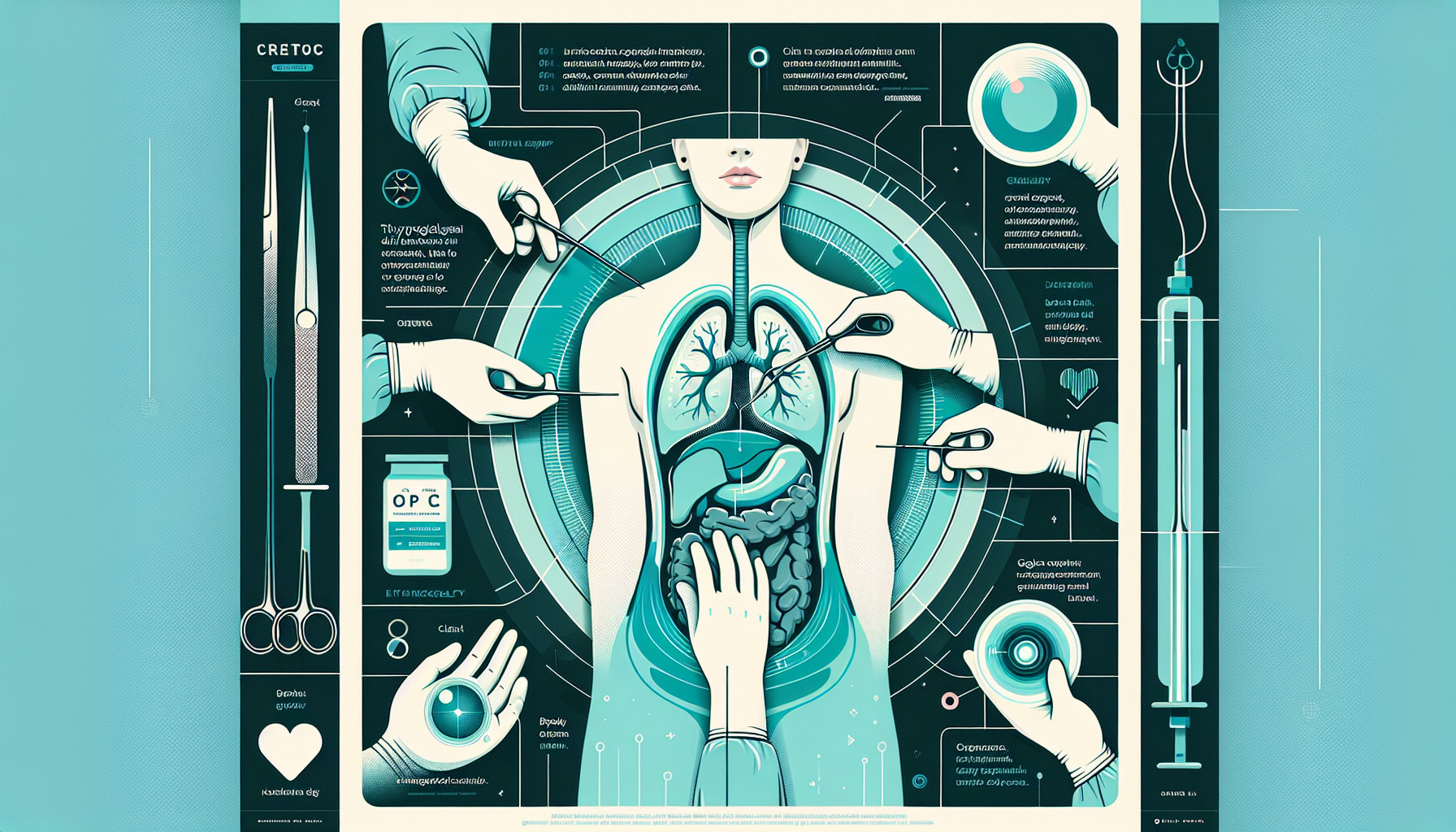Our Summary
This research paper is about a study conducted on children who had to undergo a second surgery for thyroglossal duct cyst (TGDC), a type of neck lump that can recur. The research was done at Children’s Hospital Los Angeles from 1997 to 2015. The researchers looked at the surgical reports of 44 children who had this second surgery to see if their hyoid bone - a bone in the neck - was still intact.
They found that 75% of the children still had an intact hyoid bone during the second surgery, while 25% did not. This suggests that some surgeons might not be following the recommended procedure of removing part of the hyoid bone during the first surgery to prevent the lump from coming back.
So, the researchers suggest that surgeons should pay special attention to the middle part of the hyoid bone when doing this type of surgery, even if previous surgical reports say that a part of the hyoid bone was removed. This is because the lump might still persist in this area.
FAQs
- What is a thyroglossal duct cyst and why might it require a second surgery?
- What was the main finding of the study conducted at Children’s Hospital Los Angeles on children undergoing a second surgery for thyroglossal duct cyst?
- Why do the researchers recommend that surgeons pay special attention to the middle part of the hyoid bone during this type of surgery?
Doctor’s Tip
A helpful tip a doctor might give a patient about thyroglossal duct cyst removal is to make sure to follow up with your surgeon and have any recommended imaging or tests done to ensure that the cyst has been completely removed. It is also important to follow any post-operative care instructions carefully to reduce the risk of recurrence. If you notice any new lumps or symptoms in the neck area after surgery, be sure to consult with your doctor promptly.
Suitable For
Patients who are typically recommended thyroglossal duct cyst removal are those who have a thyroglossal duct cyst that is causing symptoms such as difficulty swallowing, breathing, or speaking, as well as those who have a recurrent thyroglossal duct cyst that has not resolved with conservative treatment. Additionally, patients who are at risk of developing complications such as infection or malignancy may also be recommended for surgery.
In the case of children, the study mentioned above suggests that surgeons should pay special attention to the middle part of the hyoid bone during surgery to prevent recurrence of the cyst. Therefore, children who have had a previous surgery for a thyroglossal duct cyst and are experiencing a recurrence may also be recommended for a second surgery to address the issue.
Timeline
Before thyroglossal duct cyst removal:
- Patient notices a lump or swelling in the neck, usually in the midline below the hyoid bone.
- Patient may experience symptoms such as difficulty swallowing, pain, or discomfort in the neck.
- Patient consults with a doctor who may order imaging tests such as ultrasound or CT scan to confirm the presence of a thyroglossal duct cyst.
- Surgeon recommends surgical removal of the cyst to prevent infection or other complications.
After thyroglossal duct cyst removal:
- Patient undergoes surgery to remove the cyst, typically under general anesthesia.
- Surgeon may remove part of the hyoid bone to prevent recurrence of the cyst.
- Patient recovers in the hospital for a few days before being discharged.
- Patient may experience some pain, swelling, and difficulty swallowing in the days following surgery.
- Patient follows up with the surgeon for post-operative care and monitoring.
- If the cyst recurs, patient may need to undergo a second surgery, as seen in the research study mentioned above.
- Surgeon may need to pay special attention to the middle part of the hyoid bone during the second surgery to ensure complete removal of the cyst and prevent further recurrence.
What to Ask Your Doctor
- What is a thyroglossal duct cyst and why is it necessary to remove it?
- What are the risks and complications associated with thyroglossal duct cyst removal?
- What is the success rate of the surgery in preventing the cyst from recurring?
- Will I need to undergo any additional procedures or surgeries after the initial removal?
- What is the recovery process like after the surgery and what can I expect in terms of pain and discomfort?
- Are there any long-term effects or implications of having a thyroglossal duct cyst removed?
- How many surgeries have you performed for thyroglossal duct cyst removal and what is your success rate?
- Will the removal of the thyroglossal duct cyst affect my thyroid or any other nearby structures in the neck?
- How long will I need to stay in the hospital after the surgery?
- Are there any specific post-operative care instructions or restrictions that I need to follow?
Reference
Authors: Huang J, Osterbauer B, Koempel J. Journal: Int J Pediatr Otorhinolaryngol. 2018 Oct;113:131-133. doi: 10.1016/j.ijporl.2018.07.047. Epub 2018 Jul 27. PMID: 30173971
